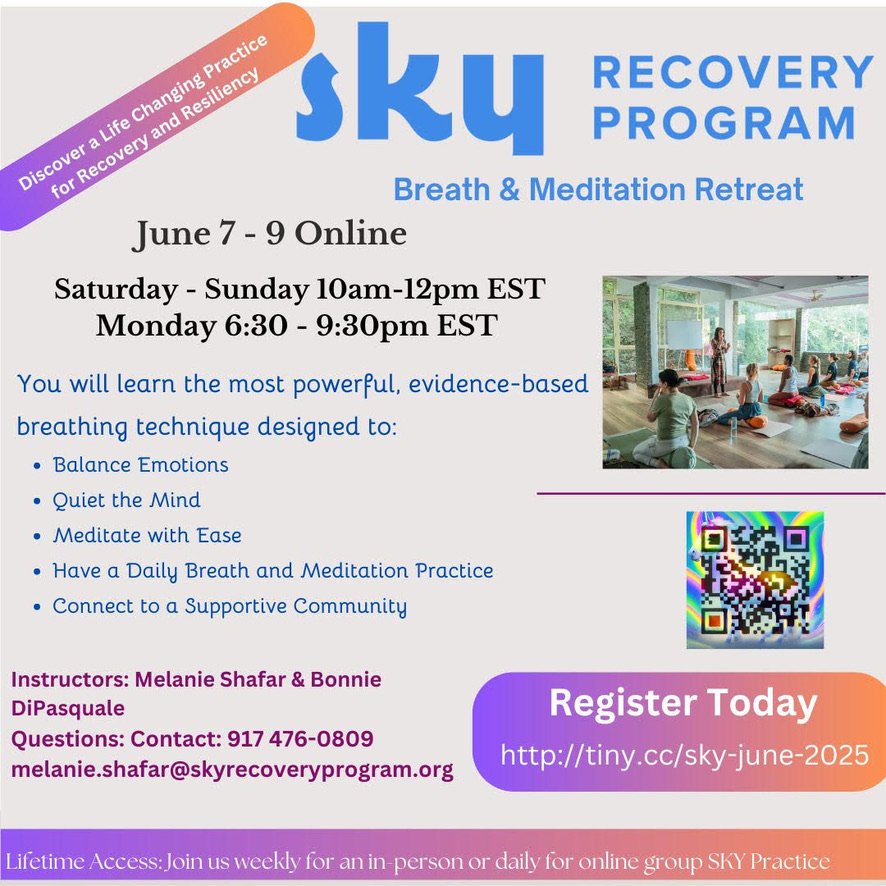Reading Time: 1 min 58 sec
I hope the next 24’ish breaths are the most nourishing of your day.
4 THOUGHTS
1. Breathing 101: How Breathing Affects Brain Blood Flow
1. CO₂ crosses the blood-brain barrier and reacts with water in the CSF to form H⁺ and bicarbonate.
2. The increased H⁺ lowers pH which, through a cascade of cellular and molecular pathways, relaxes the blood vessels.
3. This increases brain blood flow to ensure adequate oxygen delivery to the brain. The reverse is true for low CO₂.
Thus, when we overbreathe, we lower CO₂ and reduce brain blood flow; when we breathe light and slow, the opposite happens, and we increase brain blood flow.
2. Testing Progress on the Spiritual Path
“One of the ways to test our progress on the spiritual path is to see how much we are able to free ourselves from the oppressive pressure of time. The clock is the most eloquent symbol of the tyranny of time.”
– Eknath Easwaran, The Bhagavad Gita for Daily Living
This one felt like a spiritual slap in the face 😬 because, despite all my practice, I still catch myself rushing through the day, ruled by the microwave clock. The subtle shift Easwaran is pointing to is not that we escape time, but rather that we free ourselves from the pressure of time. To move with ease, no matter how busy we are. That’s progress.
3. The Science-Backed Benefits of Humming Bee Breathing
“The findings indicated that bhramari pranayama has a positive impact on psychological, cardiovascular and pulmonary health…It is…associated with lower levels of stress, anxiety, depression, sympathetic activity and blood pressure, and higher levels of attention, quality of sleep, parasympathetic activity, vagal activity and pulmonary functioning.
That’s an impressive list. And while I’ve shared this study before, I recently put together a simple post that sums it up. I thought you might enjoy revisiting it like I did. Click here to check it out.
4. Some Great Advice for the Week
“So look for those little ways in the flow of life to feel a bit more relaxed, protected, strong, and at ease…and a little more grateful, glad, and successful…and a little more cared about and caring, and a little more loved and loving…The more often and deeply you do this, the greater the results.”
- Rick Hanson, Ph.D., Neurodharma
1 Quote
“A simple, unhurried life can be full of wisdom and beauty.””
1 GOOD BOOK
The Well-Lived Life by Gladys McGarey, MD
I’ve been raving about this book for over a year now—it’s one of my all-time favorites. I’ve received more messages from readers that this book changed their life than any other I’ve shared. Dr. McGarey was 102 when she wrote it, and you can truly feel her wisdom in every sentence. (She has since passed away, back in September, at the age of 103.) I can’t recommend this one enough.
In good breath,
Nick Heath, T1D, PhD
“Breathing is the compound interest of health & wellness.”
Enjoy these posts? Donate to say thanks!
SKY Recovery Program
My dear friend Colleen Loehr, MD, is co-teaching an online course for the SKY Recovery Program from June 7th to 9th. The course is open to anyone—people in recovery and people who have a friend or loved one with an addiction problem. The fee is only $95, so it’s an inexpensive way to learn the SKY technique for recovery and addiction. Click here to learn more about it. 🙏
The Breathing App for Diabetes
This is the first program specifically made for people with diabetes to help manage their stress through breathing and mindfulness practices. In addition to the amazing program inside the app, we have some really neat things coming up, so sign up now!
Amazon Associate Disclosure
I’ve been recommending books for almost 6 years. Yet somehow, I just discovered that I could be an Amazon affiliate [face-palm]. In any case better late than never. Now, any Amazon link you click is an affiliate link. As an Amazon Associate, I earn from qualifying purchases. So, if you’d like to support my work, buying books through these links is helpful : )
* An asterisk by a quote indicates that I listened to this book on Audible. Therefore, the quotation might not be correct, but is my best attempt at reproducing the punctuation based on the narrator’s pace, tone, and pauses.




